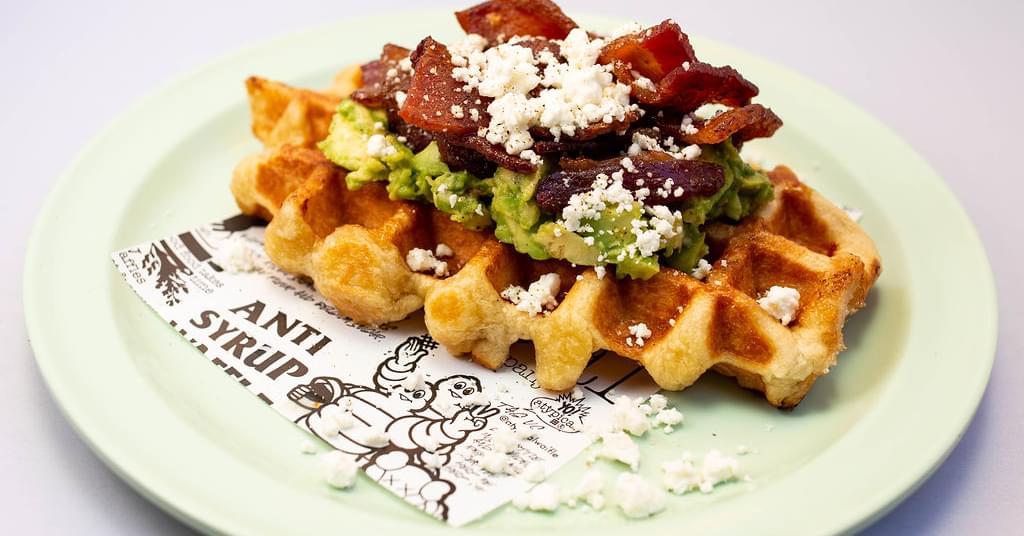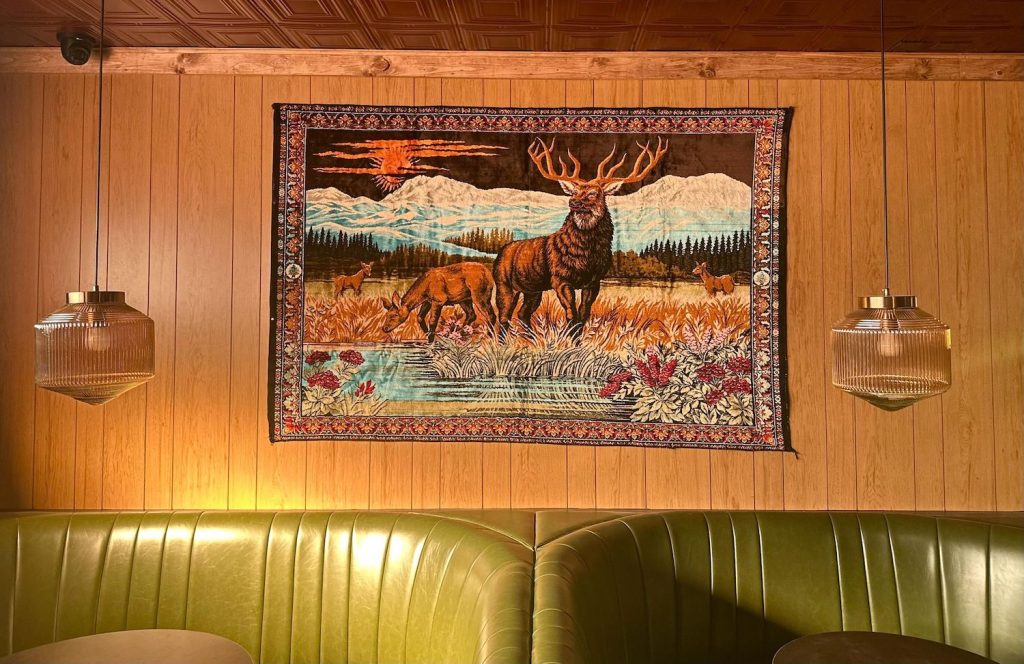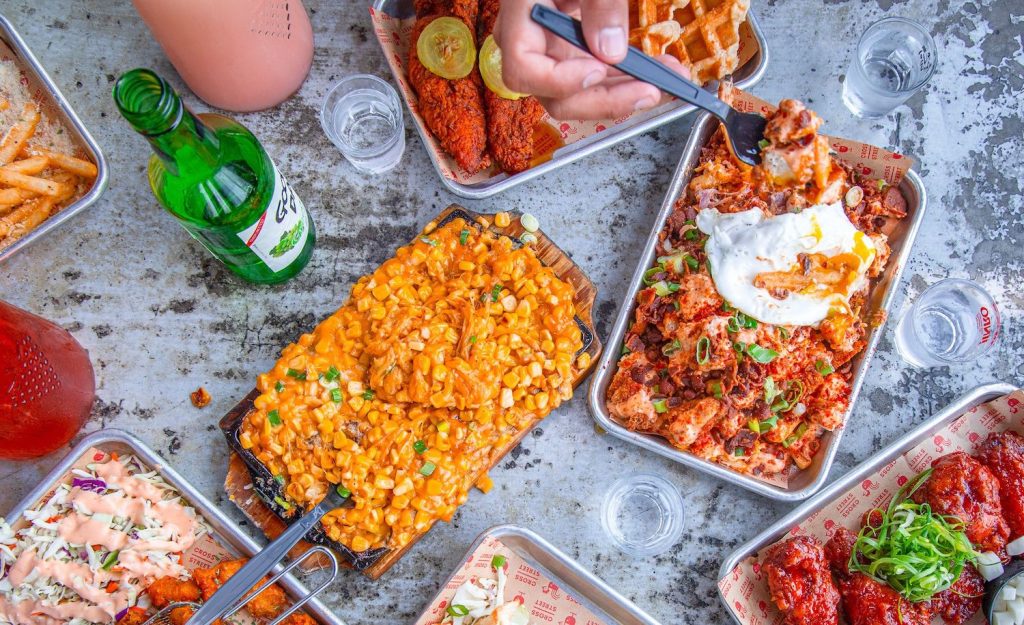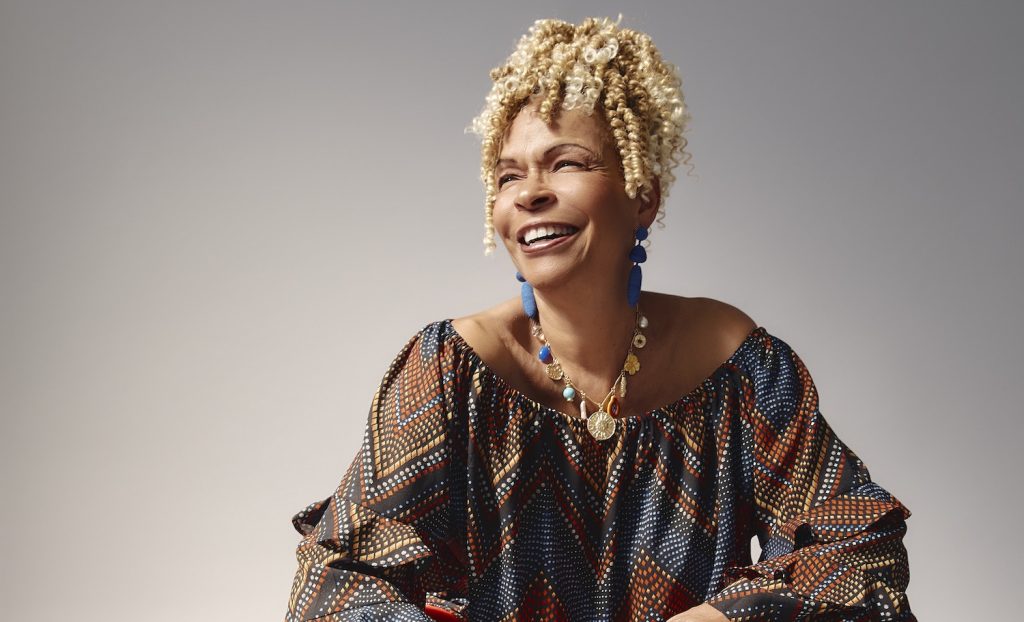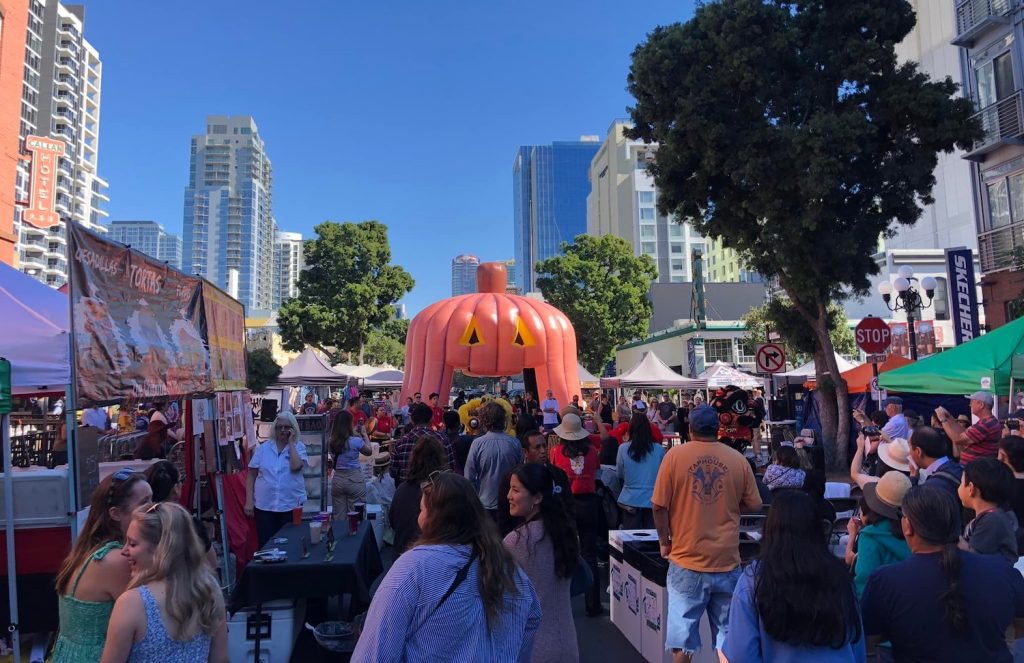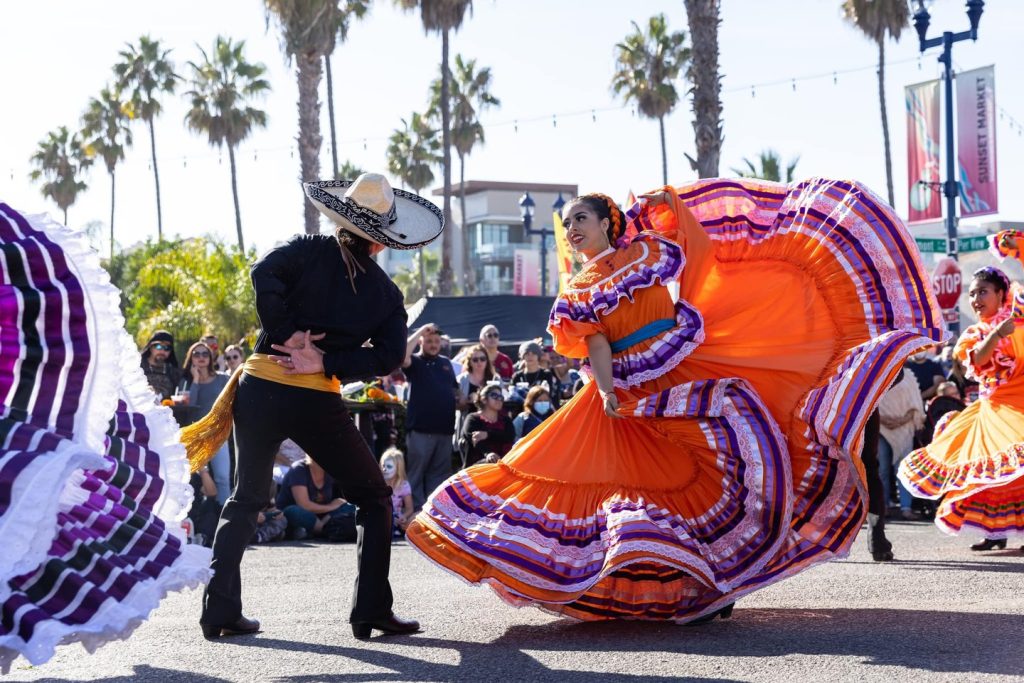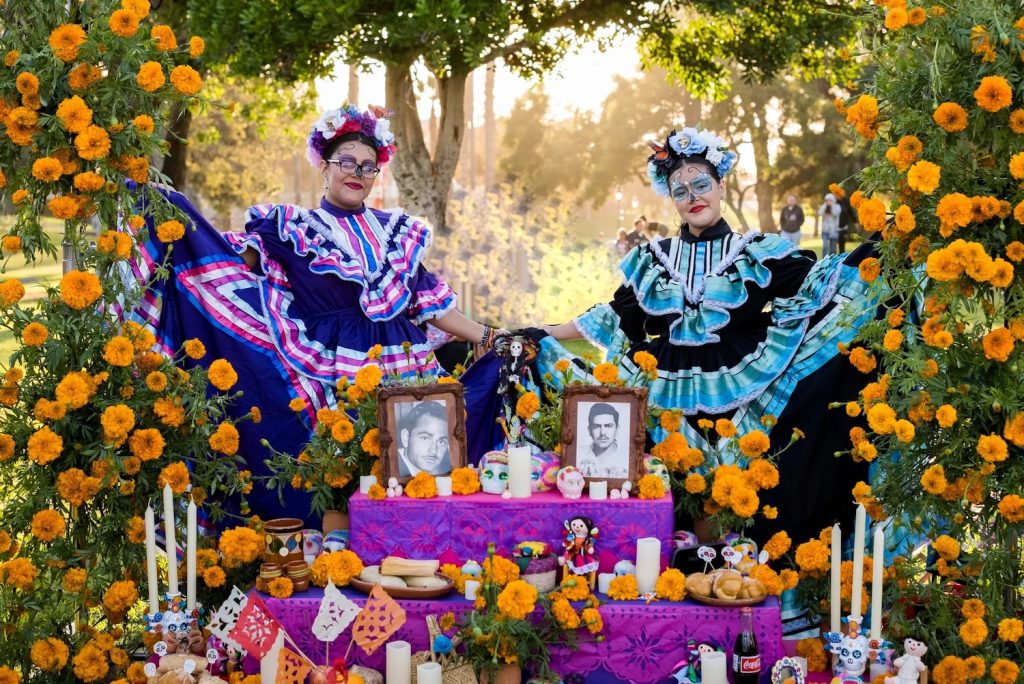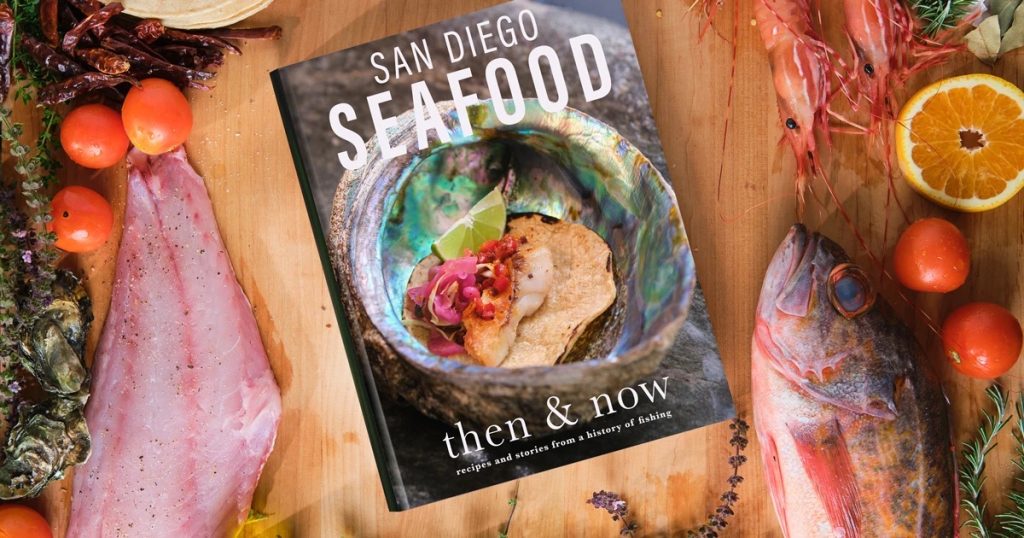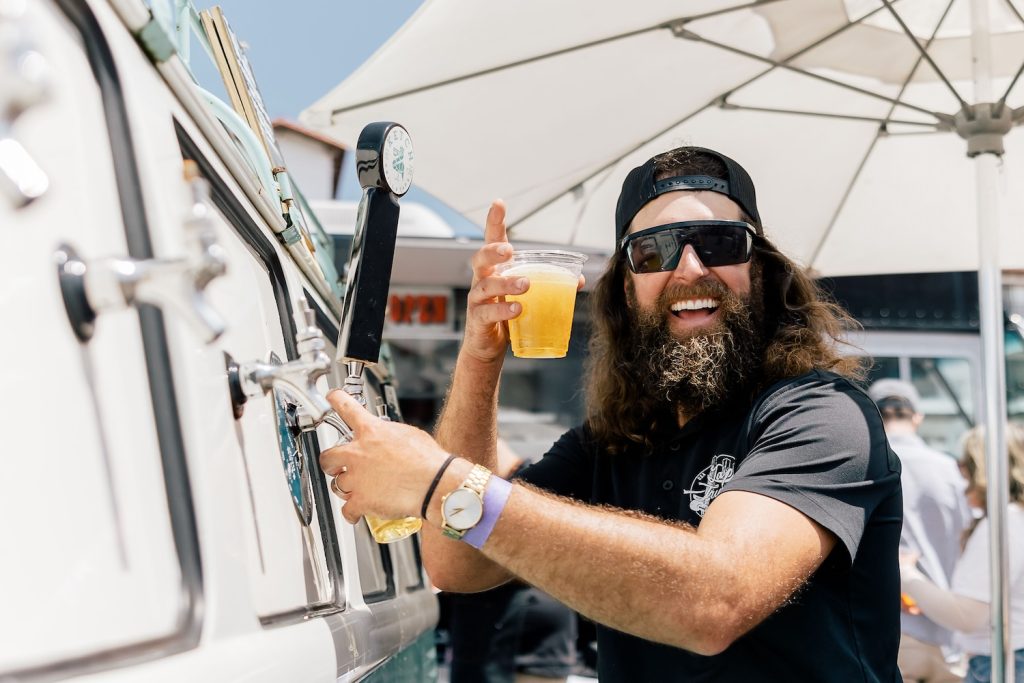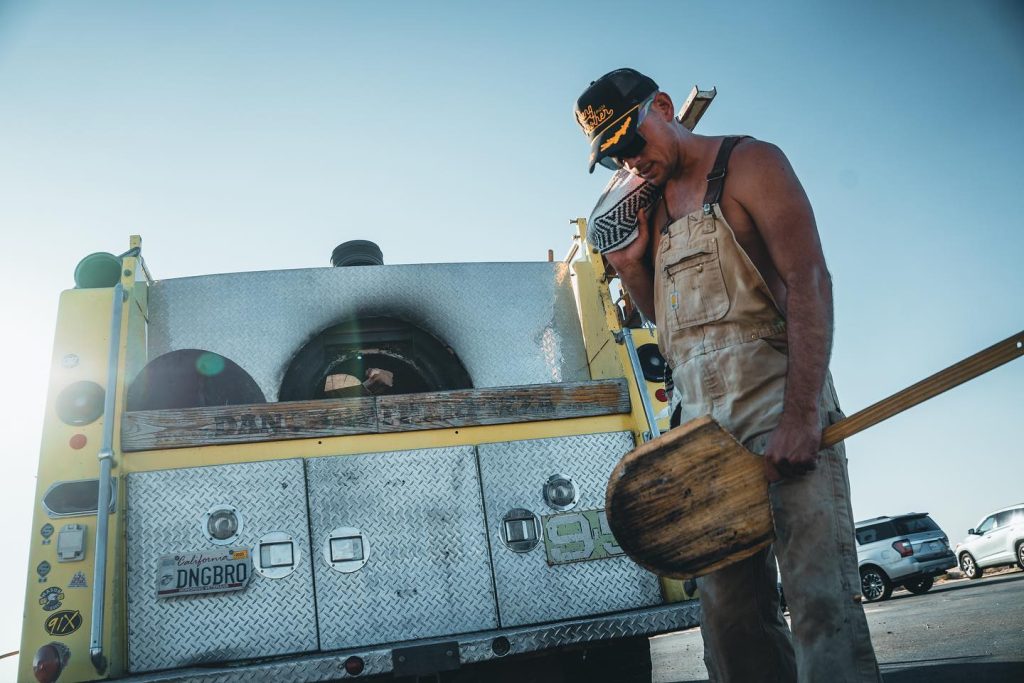This weekend is FESTA. You and 120,000 of your closest friends reveling through Little Italy. Food, drink and jovial chaos. Outside Ironside Fish & Oyster, there will be a stand of shuckers armed with 1,600 oysters. Not just any oysters. It’s the debut of” Ironside Select”—hand-farmed for Michelin-starred chef Jason McLeod by the Minterbrook Oyster Company in the Puget Sound. It’s McLeod’s attempt to curate the perfect happy hour oyster. He explains the taste difference, why a sturdy shell matters, and why you should never eat an oyster in heat:
Why your own signature oyster?
It’s a fun thing to do—to work with the farmers and get to know more about the oyster and the process. What these farmers go through is madness. Weather, water temperature, depth, and other things can affect your oyster. It’s not an easy thing.
You got to choose your own flavor profile?
Yeah. Someone who’s just trying oysters for the first time, the main complaint is that it’s too briny. So I asked Minterbrook for an oyster that the general public could enjoy, as well as oyster people. It’s not super briny. It’s a little creamier, sweeter with a nice finish. And I really wanted a decent shell.
Shell matters?
You want a tough shell so they’re not cracking all the time. Every shell that cracks, you get shell into the product. The oyster gets thrown out. That costs us money, slows down the process, it’s not good for anyone. When our shuckers are going good and fast during happy hour, I wanted to give them a tough shell that won’t crack and make ‘em frustrated.
Depth affects shell strength?
Yeah. Right now we have these oysters called Summer Ice. They’re grown 60 feet deep. It’s not getting tumbled or rolled by the waves, so it doesn’t need to grow a tough shell.
Main difference between East Coast and West Coast oysters?
East Coast oysters tend to be brinier. West coast are a little softer, sweeter. Eventually I’d like to have our own West Coast oyster, too, so people can taste the difference.
Tougher to farm West Coast oysters?
Our warm water makes it really tough for oysters. It’s ironic, because our busiest time for oysters is the summer. But it’s when the least amount of oysters are available. Once warm water hits, they start to spawn. Spawning oysters are safe, but it’s not the best flavor—creamy and bitter. That turns people off real quick. Now that the water’s gotten cooler, our oyster options have gone from 13 to 30. It’ll get even better as we get into winter.
Why does hand-farming matter?
Most oysters are hand-farmed. It helps in the selection process. Oysters are usually graded “one to three.” Ones are all going to the French Laundry. Twos will be just a little off, or chipped. Threes are all over the place, Hand-harvesting is someone picking them for size and no chips in the shell.
Ironside Fish & Oyster, 1654 India St., Little Italy, www.ironsidefishandoyster.com.

The “Ironside Select”—hand-picked for your shucking pleasure.
